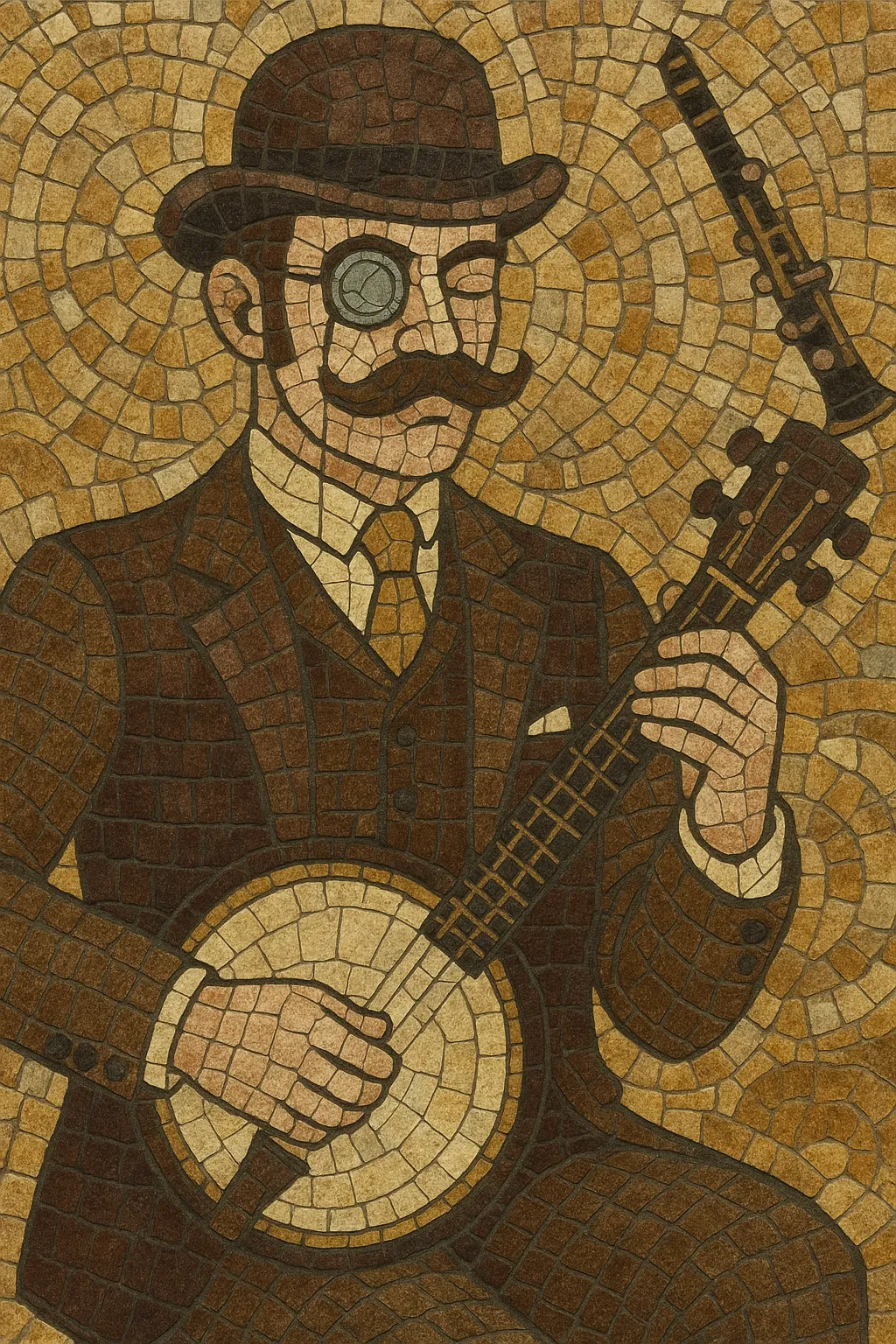Chap hop is a niche subgenre of hip hop that blends rap with the aesthetics, manners, and humor of British "chap" culture, often evoking Edwardian/Victorian and interwar imagery. Artists typically rap in received pronunciation (a posh British accent) about tea, tweed, etiquette, and polite society, while employing witty wordplay, satire, and playful braggadocio.
Musically, chap hop combines boom-bap or swing-inspired beats with instrumentation and textures associated with vintage popular music: banjolele or ukulele strums, clarinet or brass riffs, jaunty piano, and samples suggestive of music hall or 1920s–40s jazz. Performances frequently adopt steampunk-adjacent costuming (monocles, moustaches, waistcoats) and cabaret flair, making the genre as much an aesthetic and comedic performance tradition as a musical one.
Chap hop emerged in the United Kingdom in the late 2000s as a comic, highly stylized response to hip hop, reframing rap bravado through the lens of British gentility and dandyism. The scene coalesced around performers such as Mr. B The Gentleman Rhymer and Professor Elemental, who established the core tropes: a cultivated accent, lyrical satire about quintessentially British pastimes, and a fusion of classic pop/jazz textures with hip hop rhythms. Early performances were often linked to steampunk and "chap" subcultures, including events like The Chap Olympiad.
YouTube-era virality (circa 2008–2012) propelled chap hop internationally through humorous, high-concept videos—e.g., Professor Elemental’s “Cup of Brown Joy” and Mr. B’s “Chap Hop History” and “Straight Outta Surrey.” A friendly, theatrical “beef” between Professor Elemental and Mr. B (e.g., Elemental’s “Fighting Trousers”) helped codify the genre’s identity and drew media attention.
As the 2010s progressed, chap hop acts toured festivals, steampunk conventions, cabaret nights, and alternative burlesque stages. Producers like Tom Caruana helped shape the studio sound, while acts such as The Correspondents and The Gaslight Troubadours shared dancefloor and vintage-pop affinities with electro swing. The genre remained small but visible, embraced by communities that value theatrical performance, satire, and retro-futurist style.
Through the late 2010s and 2020s, chap hop retained a devoted niche following. It stands as a distinctive British export that playfully critiques class, nostalgia, and pop culture while demonstrating hip hop’s adaptability. Its legacy is most apparent in steampunk-adjacent music scenes, cabaret/variety circuits, and online comedy rap—spaces where costume, character, and clever lyrics are central.


